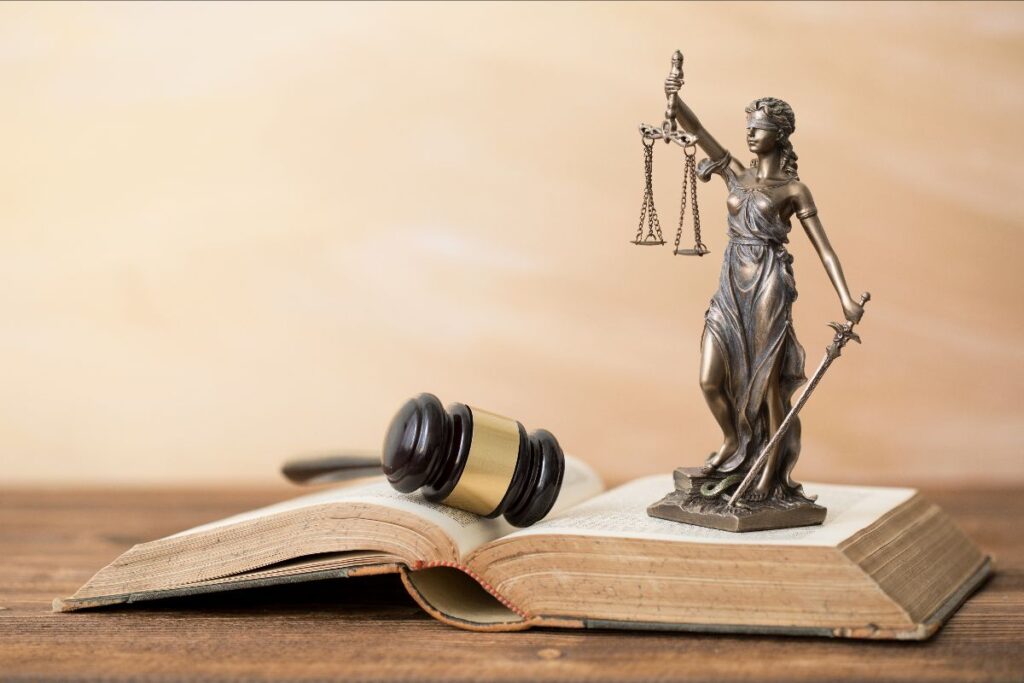
By Michael L. Crowley
As most practitioners know by now, there was a major revision of the Rules of Professional Conduct in 2018 that govern us all. One controversial change was to Rule 4.2 (previously Rule 2-100) that was only the change of one word. The one-word change is highlighted in the title of the Rule. It went from “Communication With a Represented Party” in Rule 2-100 to “Communication with a Represented Person” in new Rule 4.2. The change replaced “Party” with “Person.”
The new rule states: “In representing a client, a lawyer shall not communicate directly or indirectly about the subject of the representation with a person the lawyer knows to be represented by another lawyer in the matter, unless the lawyer has the consent of the other lawyer.” Rule 4.2(a).
When the new rule was first proposed, there was a rare moment in the criminal law community when the prosecution and the defense joined forces to object. The revision commission appeased both sides with a “Comment” to the rule essentially exempting prosecutors and defense attorneys from the rule when the contact is in “the course of legitimate investigative activities …. ” Rule 4.2 comment [8]. Comments are not the same as the text of the rule but provide guidance for interpreting and practicing in compliance with the rules. Rule 1.0(c).
As you might expect, in civil matters there could be complications. For example, in one case, the old rule saved an attorney when the attorney-daughter persuaded her parental litigants to fire their lawyer. The fired lawyer sued the daughter claiming a violation of the old rule. The court found however, she didn’t represent any “party” when she advised her parents. Bowen v. Lin (2022) 80 Cal.App.5th 155[CB2] .
How about when a lawyer is acting pro se? “The rule does not prohibit a lawyer who is a party to a legal matter from communicating on his or her own behalf with a represented person in that matter.” Rule 4.2, Comment [3]. Also pertinent is American Bar Association Opinion 502. (An ABA opinion is not the law but is persuasive.)
There is no ban on a lawyer communicating with a person not represented by counsel, including a pro per who is being assisted by an attorney not of record. (Tuft, Peck & Mohr, Cal. Prac. Guide: Professional Responsibility & Liability, ¶¶8-794 – 8-795 [pgs. 8-155 and 8-156] (The Rutter Group 2021); McMillan v. Shadow Ridge at Oak Park Homeowner’s Ass’n (2008) 165 CA4th 960, 966-967 (decided under former rule). This question implicates the rule immediately following Rule 4.2.
A lawyer in communicating on behalf of a client with a person who is not represented by counsel, shall not state, nor imply that the lawyer is “disinterested.” This includes placing a burden on the attorney, if they know or reasonably should know, the unrepresented person “incorrectly believes the lawyer is disinterested in the matter.” A duty to correct the misunderstanding is then placed on the attorney. Additionally, an attorney “shall not give legal advice” if the interests of the unrepresented person are in conflict with the client. Nor should there be any attempt to obtain privileged or confidential information. Rule 4.3.
As you might expect, anything the attorney is prohibited from doing cannot be done indirectly by someone other than the attorney, except “the rule does not prevent represented persons from communicating directly with another with respect to the subject of the representation….” Rule 4.2, Comment [3] . Also, don’t copy the opposing party with an email you are sending to the attorney on the matter without permission of the lawyer. See, ABA Formal Opinion. 92-362; ABA Informal Opinion. 1348.
Finally, the same rules apply if a corporation, partnership or association is involved. It applies to current officers, directors, partners, managing agent or current employees. Rule 4.2(b).
As you can see, the change of one word can make a big difference. If you find yourself in one of these situations it would behoove you to take the time to do some research ahead of time to prevent any trouble with the state bar.
Thanks is given to Richard D. Hendlin for his research in this area.